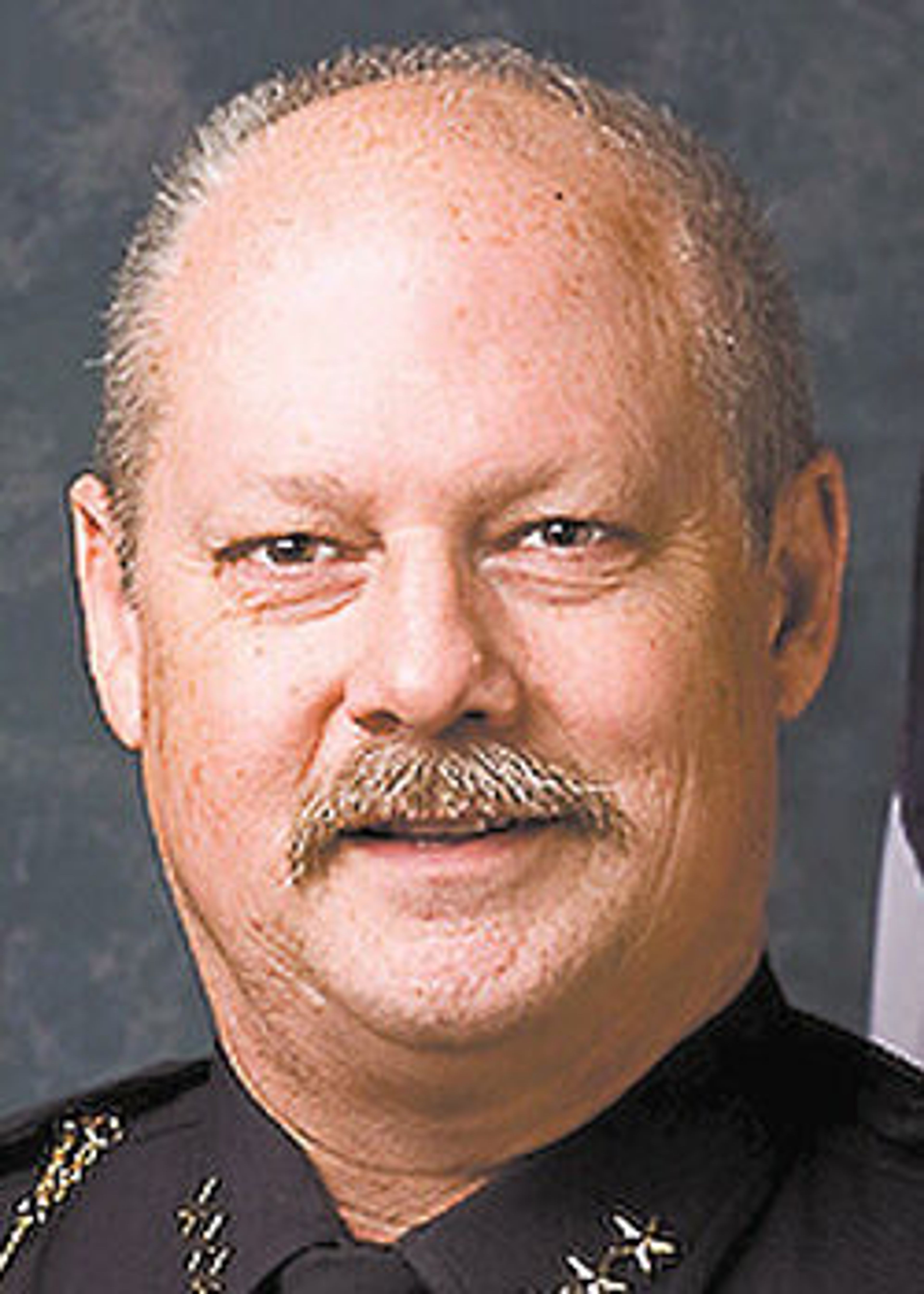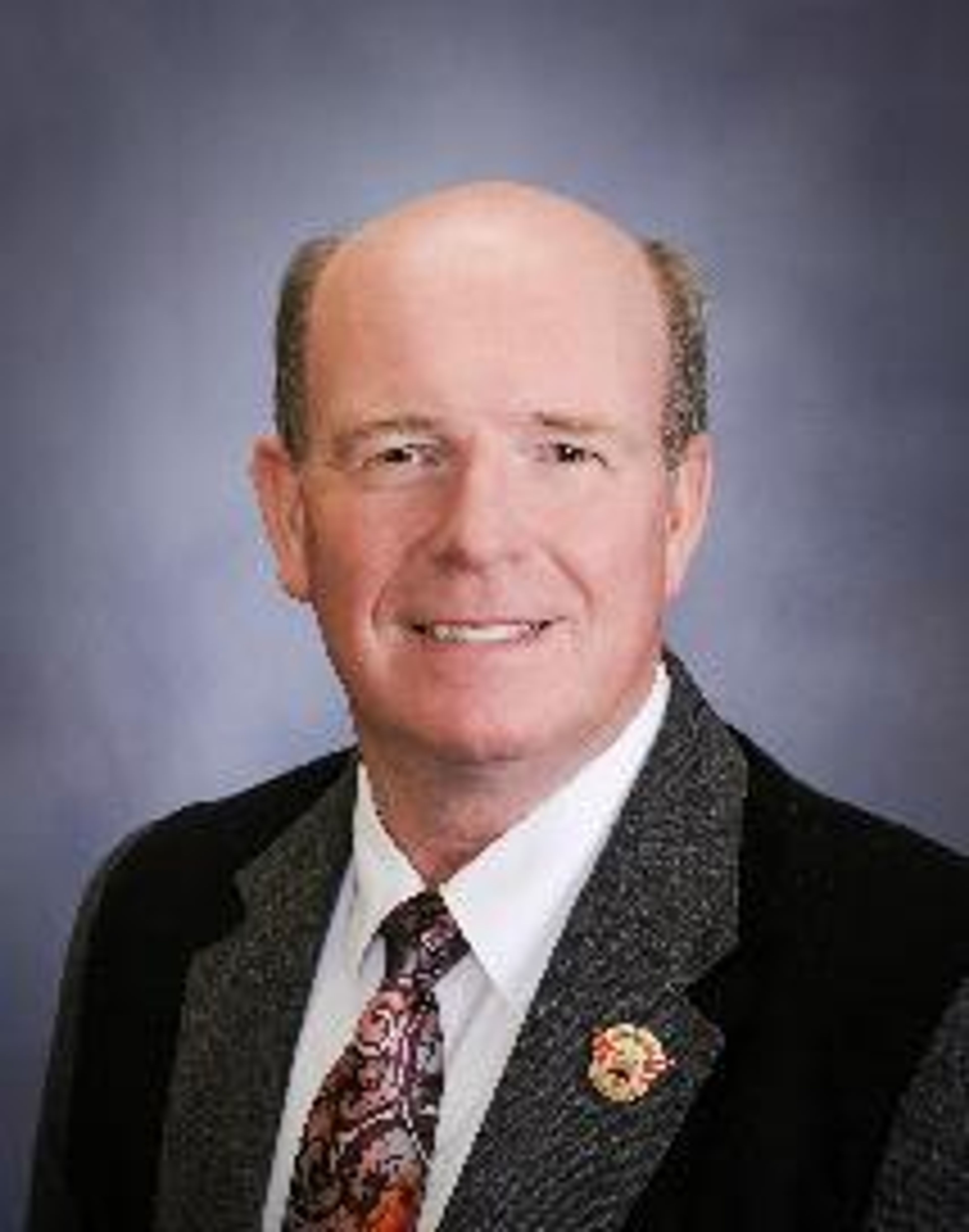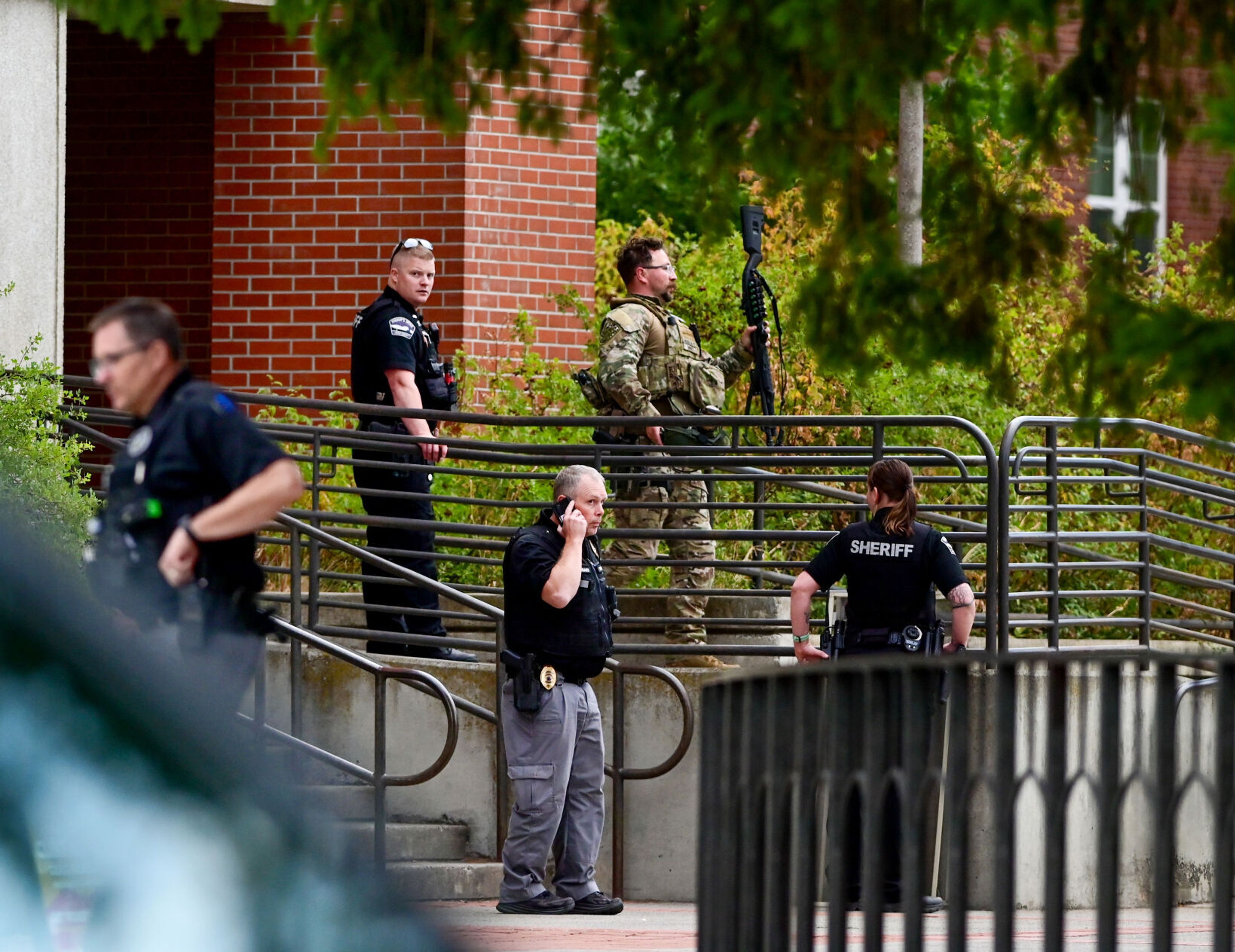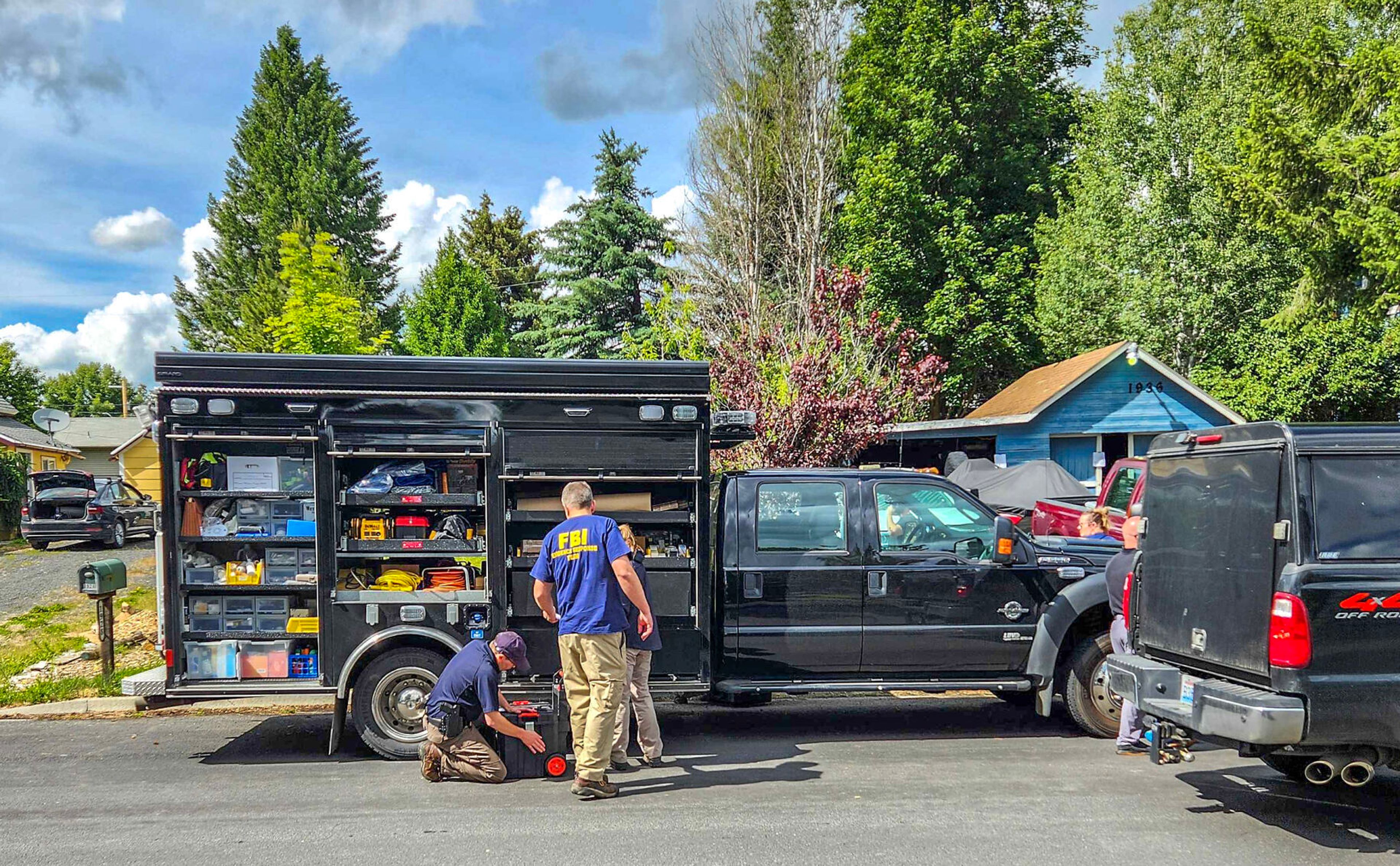Protests prompt Pullman police to review its policies
With George Floyd incident still resonating, law enforcement leaders in area outline rules for use of force, unbiased policing
One local police department is in the process of changing policies on use of force and the duty to intervene in the midst of Black Lives Matter protests that continue across the country.
The Pullman Police Department has been in the process of reviewing its procedures for some time. Many other law enforcement agencies in the region, though, believe they already have the necessary policies and training in place to avoid situations like those that led to nationwide unrest, calls for defunding the police and major changes to the criminal justice system.
“We are accelerating work on some of the policies,” Pullman Police Chief Gary Jenkins said. “The duty to intervene policy was recently implemented. We are also accelerating work on the use-of-force policy, and that work is still in process.”
Black Lives Matters protests erupted after George Floyd was killed during an arrest by Minneapolis Police officers in May. Officer Derek Chauvin kneeled on Floyd’s neck, cutting off his air supply for more than 8 minutes, in an incident captured on video that circulated on the internet and television stations around the world. Other officers failed to intervene as Floyd repeatedly said he could not breathe, telling the officers they would kill him moments before he died.
Amid unrest over such police treatment of minorities, the Pullman department is transitioning its police policy manual to one based on current federal and Washington state legislative requirements, case law and best practices in law enforcement, Jenkins said. He presented a draft manual to the Police Officers Guild, and it will be negotiated where there is disagreement on negotiable items. The hope is to have the new policy manual in place by the end of the year.
Pullman Police use what is called an options model with force modulation, which requires the use of force to be reasonable and necessary with the force modulated up or down, depending on the situation. A use-of-force expert from the U.S. Department of Justice trained command staff, supervisors and trainers at the department in November 2019, Jenkins said.
Some of the training included de-escalation and use of force, less-lethal options, critical analysis of force and correlation of force-proportionality.
Chokeholds
While Pullman police are moving to make changes in light of the nationwide unrest over the deaths of Black people at the hands of police, the department does allow its officers to use a nonlethal chokehold referred to as a vascular neck restraint that does not restrict breathing, Jenkins said.
The hold has received bad reviews in courts, but Pullman Police Sgt. Greg Umbright, who trains officers in the move, said it is a safe technique. Washington state’s Criminal Justice Training Commission teaches the hold, Umbright said. It is used to block blood flow to the brain by applying pressure on the sides of the neck, where the carotid arteries are located. The hold must be executed precisely, with the elbow in front of the neck, to avoid compressing the trachea, he said.
The hold often gets suspects to give up before they pass out, but if a suspect continues to resist the hold can lead to unconsciousness, at which point it is discontinued. Those who pass out often regain consciousness within 5-20 seconds, and the officer needs to do something in that time to have control of the suspect when they come to, Umbright said.
The holds do not occur in a static environment when they are employed on resisting suspects, so Pullman Police spend hours training on the right techniques and the proper position of the arm so the trachea is not damaged when the hold is used.
Washington State Patrol discourages the use of chokeholds or carotid arterial restraints like the lateral vascular neck restraint because of the potential lethal effect, but the agency allows the use of chokeholds “in the direst of circumstances, where a trooper’s life demonstrably depends on it,” Washington State Patrol Director of Communications Chris Loftis said.
Nez Perce County Sheriff Joe Rodriguez said his deputies do not use chokeholds, and the practice is not encouraged. The sheriff’s office policy manual, like many other policy manuals in place at local law enforcement agencies, technically allows the lateral vascular neck restraint, but the Lewiston Police, Clarkston Police, Asotin County Sheriff, Latah County Sheriff and Idaho State Police do not allow the use of chokeholds or the lateral vascular neck restraint.
“At this time, no deputies are trained to use the lateral vascular restraint hold (chokehold),” Asotin County Undersheriff Jody Brown said. “We do not allow this technique to be used without proper training, and it is generally discouraged.”
Lewiston Police looked at its policies, but officials there believe the manual service it pays for already gives the department the best policy available to avoid situations similar to the George Floyd incident. The service, called Lexipol, provides the most up-to-date best practices for law enforcement, newly updated case law and updated law, Lewiston Police Lt. Jeff Klone said.The policies already include the duty for an officer to intercede if another officer is illegally using force, Klone said. The policy service also allows some changes if a department believes it has a better standard operating procedure for specific situations.
Asotin County officials also said they believe they have the correct policies in place to avoid unnecessary uses of force or unequal treatment of minorities in contacts with their deputies.
“At this time, we have no intention of changing up policy due to (Black Lives Matter),” Brown said. “Our policy clearly states that all people are to be treated equally and fairly with respect and dignity. We feel this is not an issue for the members of the sheriff’s office and will continue to operate as we do with this policy. Our staff works very hard to be fair and equal in treatment of all who we come into contact with.”
Violence de-escalation
Law enforcement agencies in the area are trained to attempt to de-escalate situations.
“We try to de-escalate every situation to a reasonable one,” Rodriguez said. “You don’t want to use force with anybody for any reason, so we try to de-escalate the situation. But if you can’t, you only utilize the necessary force to stop the action.”
There are unknowns in every call for service, and law enforcement agencies train their officers to treat each call with the same vigilance.
“An officer of the law has no way of knowing how any specific contact might evolve, regardless of the initial reason for the stop,” Loftis said. “Officers must always be alert to new information and actions that must be addressed dutifully and professionally.”
“We can’t train for every incident or every scenario. We train the best we can for every scenario, but there is that one that you are not trained for,” Rodriguez said. “You have policy, you have common sense, you have training — all of those things have to be incorporated, because you don’t know if you’re dealing with a mental subject, you don’t know if you are dealing with an intoxicated subject.”
Washington’s Basic Law Enforcement Academy requires 200 hours of the 720 hours of the 18-week course to be in violence de-escalation, mental health and patrol officer tactics training, Clarkston Police Chief Joel Hastings said. After the academy, officers are required to receive 40 hours of de-escalation training every three years.
Law enforcement and minority communities
In addition to de-escalation and use-of-force training, Idaho State Police has included cultural, diversity and bias training for its troopers for many years, Region 2 Capt. Richard Adamson said.
“The nature of that training is an ongoing process as awareness to societal issues evolves,” Adamson said. “ISP leadership at all levels have developed relationships with a number of both groups and individuals who bring a wide variety of perspectives on public safety.”
The Idaho State Police considers its relationships essential to maintaining public safety, and those relationships help with the development of future training and how the agency expands its public outreach, Adamson said.
“Those discussions have recently included organizers and leaders of demonstrations in communities throughout Idaho,” Adamson said. “ISP welcomes continuing dialogue.”
Each agency contacted for this story has policies on practicing unbiased policing.
“We serve and protect all people of Latah County with respect and dignity, regardless of race or color,” Latah County Sheriff Richard Skiles said. “We live in a county with a lot of diversity and acceptance of all kinds of cultures. We believe community involvement is crucial in building relationships.
“Our office does not condone the type of behavior that is in question concerning George Floyd,” Skiles said. “If any action was taken like that, it would be dealt with immediately. The George Floyd incident is tragic, and the officers involved should be held accountable.”
Washington State Patrol has collected and shared its roadside contacts demographic data since the late 1990s, Loftis said. While the data showed the agency’s stops matched the state’s demographics, “as early as 2000 and as late as 2015, we were seeing troubling disproportionalities in search rates among some minority groups.”
The agency is currently working with Washington State University to study the agency’s stop and search rate to root out bias in its operations.
“While past studies have shown no evidence of explicit bias in our operations, training or culture, we believe fair and unbiased policing is critically important and deserves continuous improvement focus,” Loftis said. “Now more than ever, we need to be reaching out and engaging the citizens of this state, especially those with whom law enforcement has had historical challenges.”
The agency has created two new tribal liaison positions to improve services with tribal communities. The agency is seeing more information sharing, better data and better relationships with tribal law enforcement and leadership, Loftis said.
Washington State Patrol officials are reaching out to other minority community leaders as well.
“Our hope is that we can find ways to improve services and relationships, and the lessons of Mr. Floyd’s tragic death are never lost,” Loftis said.
Clarkston police have had a policy in place for several years that condemns racial profiling, Hastings said. The department also uses a citizen complaint review process that allows citizens to make written or verbal complaints about officers any time and helps the department deal with complaints of bias, he said.
The department is embroiled in its own use-of-force controversy with Mark Domino, a Black man who was shocked by a stun gun and taken to the ground by Clarkston police officers in the summer of 2019 in the parking lot at Walmart. A caller told police she believed he was a vehicle prowler, when he was opening the doors to his wife’s car before heading to his motorcycle. His criminal case for charges of resisting arrest and obstructing a law enforcement officer is still pending in Asotin County District Court with a trial set for Oct. 8-9.
“Our department is dedicated to the community policing philosophy and community-oriented programs,” Hastings said. “We have traditionally participated fully in any community coalition that has directed attention toward community problem-solving. We would be interested in meeting with any local minority groups to address biased policing issues.”
Wells may be contacted at mwells@lmtribune.com or (208) 848-2275.











